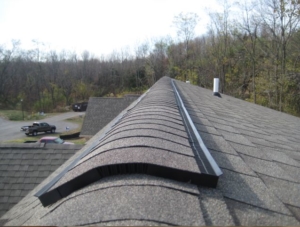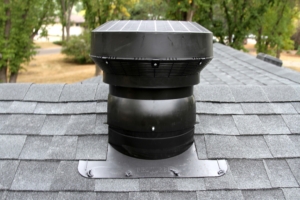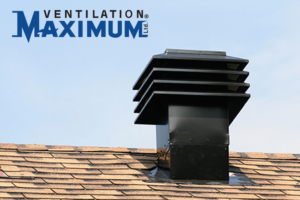Attic Ventilation – What are the best kind of vents to use?
Attic ventilation is important for so many reasons. Improper ventilation can reduce shingle life and cause ice damming, in turn causing damage to the roof structure.
Besides the placement and capacity of attic ventilators, the style can make a huge difference to the effectiveness of the ventilation, and even potential damage to the property.







 Inspection Works
Inspection Works